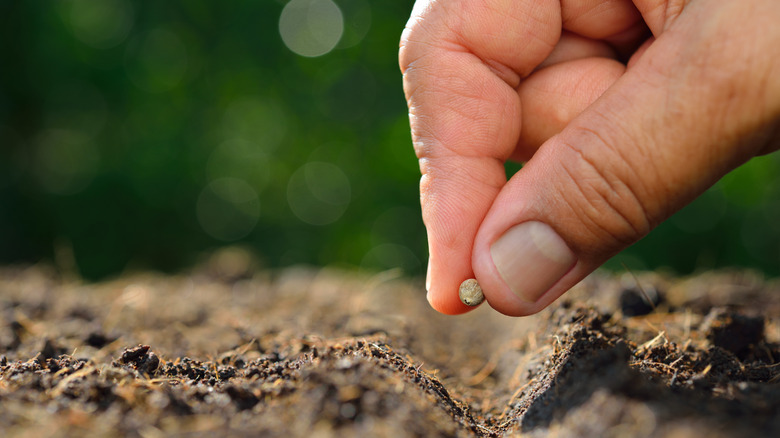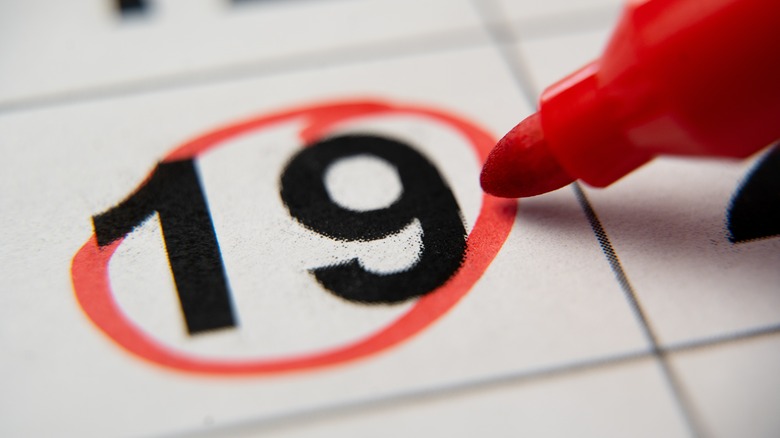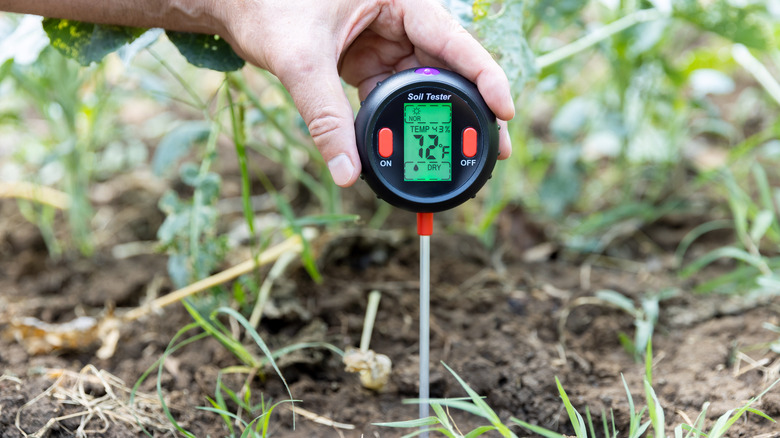Last Frost Dates Vs. Soil Temperature: Which Is More Important When Planting Your Garden?
When your palms get itchy to start digging, and the calendar says it is past the last expected frost date in your area, that means it's time to plant the garden. Right? Well, not exactly. While we would love to be able to rely solely on the calendar, there is more to consider than a specific date if you want your seeds to germinate and your young plants to thrive.
Planting seedlings or seeds before the soil environment becomes ideal is a common reason why new gardeners give up after the first year. When you think you've done everything right and still struggle to get your garden going, it may feel like you have a "black thumb." Gardening requires patience, so while it's tempting to pick a date for planting, you have to consider the soil temperature as well. If the last expected frost date in your area is in April, but the average temperatures have been below normal, your soil temperature will not be warm enough to permit germination. Yes, the seeds will stay in place until the ground warms, but they can also rot during that time. If you're planting seedlings, cold roots will keep the plant stagnant, leading to shock and weak plants. To ensure your garden gets off to the best start, wait until the soil is at the right temperature before planting, regardless of the calendar.
Last expected frost date
Every gardener should know their last expected frost date. You can find this information by identifying your USDA hardiness zone (via U.S. Department of Agriculture). This information will help you know what perennial plants, trees, and bushes can survive in your climate. Knowing your zone helps you choose the right plants and when to start your garden. Although these dates are helpful, they are an average, not an absolute. Mother Nature does not look at the hardiness map and say to herself, "Oh! It's April 15th. No more frosts this year." If only it were that easy!
Since the last expected frost date is an average, your actual last frost could vary greatly from one year to the next. For example, if you live in zone 6, you may get your last frost in March. You could also have an extra long winter in which the last frost does not occur until the end of April. That is why this date, while helpful, cannot be the deciding factor for when you start your garden.
Soil temperature
Soil temperatures do not fluctuate quickly, so it is a more accurate deciding factor for planting. Different plants require different soil temperatures to grow, as do seeds for germination. Cool-season crops like lettuce and radishes can tolerate soil temperatures as low as 35 degrees. Summer vegetables like tomatoes and peppers like it much warmer, at least 60 degrees. A soil thermometer is the best way to find the temperature of your soil, but if you don't have one of those, a digital meat thermometer also works well. Whatever kind of thermometer you use, just make sure you stick it at least 4 inches into the soil to get an accurate reading. The surface of the soil benefits from solar heating and changes much more frequently than deeper layers.
To get the best start to your spring or summer garden, knowing your last expected frost date keeps you from starting your garden too early because of a warm spurt (which we like to call "false spring"). Likewise, understanding the necessary soil temperature for the crops you are growing will ensure you do not have to start your garden more than once. Using both these factors together will help give your garden the best possible start, and you'll be able to turn that "black thumb" green.


